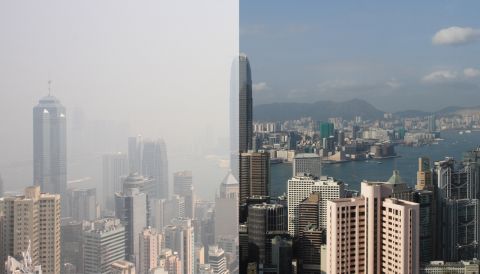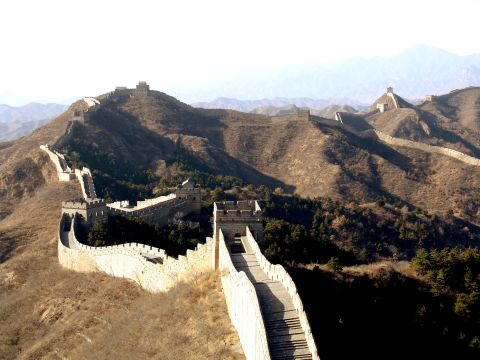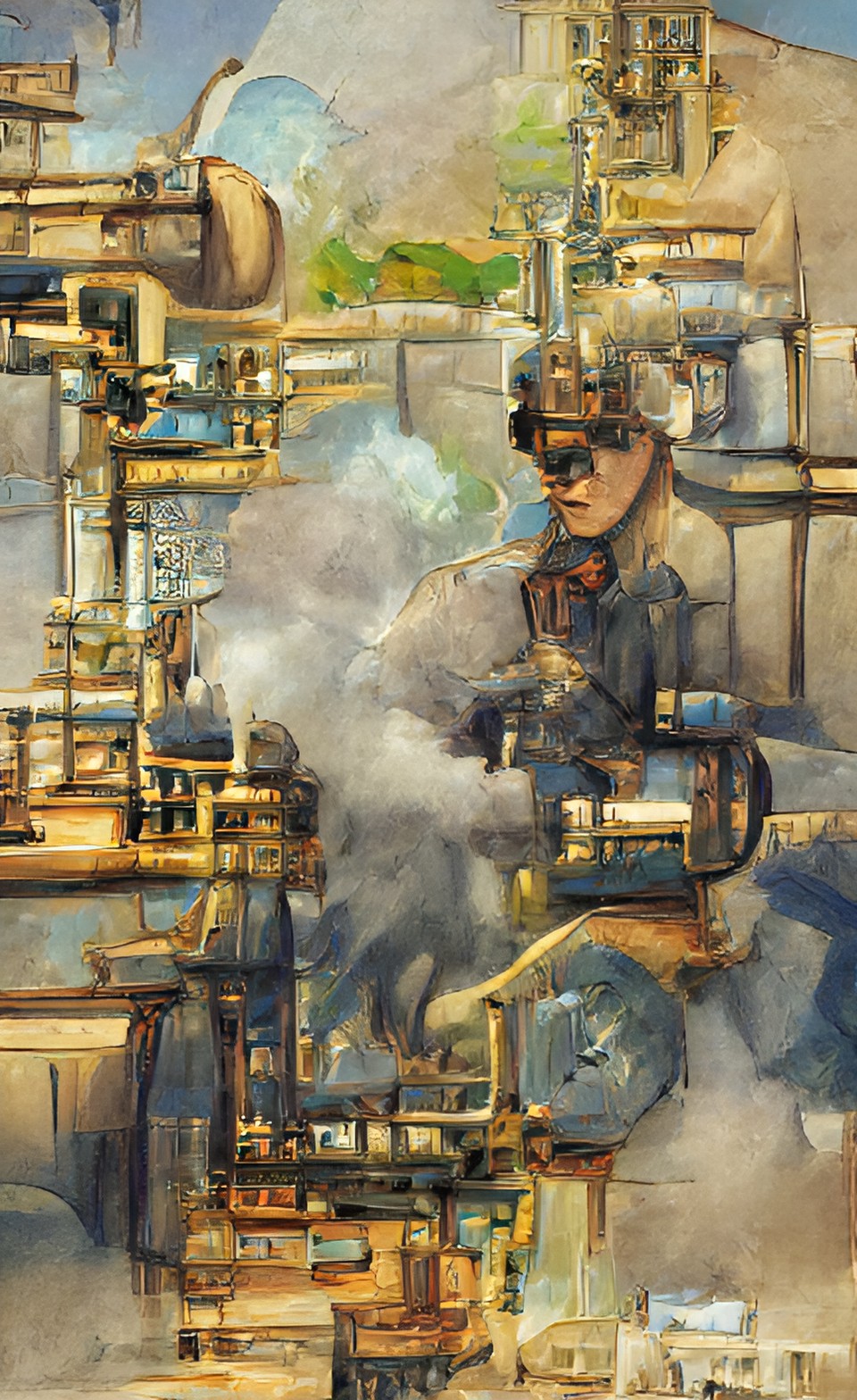- Air Homepage
- Environment in Asia
A few issues surrounding China Air Pollution
What's different about China air pollution? Whenever there's pollution news, the spotlight usually shines on the US.
China's air quality can be a problem because of pollution. Dust particles can be harmful to health, especially for kids. Poor air quality can cause respiratory problems, allergies, and other health issues.
Clean air is essential for a healthy life, so we should all care about it. They can take steps to protect themselves and advocate for cleaner air if they understand the impact. We can work together to make the world a better place.
No Place to Hide
In addition to being the world's largest per capita consumer nation, the USA is also the world's largest producer of greenhouse gases.
That spotlight shines on the States because it's an easy target, with free press protected by law, environmental regulations, and the rule of law combating corporate cronyism.
Living green is something many Americans and Europeans take pride in, even if their governments don't endorse it.
The problem isn't the polluters you can see, like when you look at crime statistics. The ones who work in places where governments let them have a free hand are the ones who cause the most damage.
One of those places is China. Over the last thirty years, China's desert area has doubled. She has also lost a substantial amount of the forest cover on her land. As a result of this environmental change, people in rural northwest China are moving to the new Industrial Corridor, along the river network in the center of the country.
Industrial Corridors, where factories are built or bought from overseas and shipped inland, are one of China's major garbage pollution belts. Fisheries are dying off and liver, stomach, and jaw cancers are skyrocketing in villages near factories because of wastewater outlets.
Due to China's rapid modernization and industrialization, the Three Gorges Dam, which provides hydroelectric power to much of Northern China, was needed. Tens of millions of people have also been displaced along the Yangtze River, and air pollution and urban problems have gotten worse.
Although China is the world's biggest manufacturer, it's also the biggest consumer of illegally harvested timber. Due to China's rapid industrialization in the early 21st century, a coal fired plant opened up roughly every two weeks. Moreover, China's coal mining operations spew tonnes of CO2, carbon dioxide, every day.
China Air Pollution Regulations
In a very real sense, China is trying to catch up to the West industrially without paying the surcharge that environmental sustainability imposes.
With this attitude came the Ten Year Boom, which led to an increase in Beijing pollution and the 2008 Olympics, and also caused acid rain that impacts Korea and Japan, while China's air pollution sometimes reaches western U.S. and Canada with soot and dust clouds.
There is cause for hope. American and Western European consumption is down because of the same economic collapse that's affecting the Chinese economy, which is largely export-driven. Because of the Ten Year Boom, the costs of Chinese environmental degradation were offset by growth in GDP. China air pollution costs are coming home now that there isn't a booming economy like before.
It's not exactly the end of the world as we know it.
...and this Youtube channel homepage has more of your favourite songs.
China's government has put out a 600 billion dollar program to boost sustainability and environmental regulations, which includes incentives to build more nuclear power plants. Waste water treatment and rubbish disposal are also improved by the incentives. By using electric or compressed air cars, they'll also improve the cleanliness of the transportation sector. Everything China does on an environmental scale will be a big experiment. There's still some doubt about the outcome. But there is hope.
Have we seen improvements in China Air Pollution in recent years?
The Chinese government has been working hard to improve air quality. Here's how China deals with air pollution:
-China has strict regulations on industrial emissions, vehicle exhaust, and coal-fired power plants to reduce pollution.
-Investing in clean energy has helped China reduce its reliance on coal by investing heavily in wind and solar power.
-Monitoring air quality: China's air quality monitoring system tracks pollution levels in major cities and holds companies accountable.
-Public education: China has launched public education campaigns to raise awareness about air pollution health risks and encourage people to reduce their exposure.
-China has worked with other countries to tackle global environmental challenges, like signing the Paris Agreement.
Although there's still a lot to do, these efforts have made a positive difference in air quality in many parts of China, especially in major cities like Beijing and Shanghai.
Some may say that the Climate policies are lacking. However, this has improved in recent years, recognizing the proclaimed urgency of tackling climate change. China's climate policy has improved in these ways:
-In September 2020, China announced it would be carbon neutral by 2060. A big step towards reducing greenhouse gas emissions.
-China has invested heavily in renewable energy sources like wind and solar power, making it a global leader. As a result, coal has been reduced as a major contributor to greenhouse gas emissions.
-China has implemented several carbon trading schemes in major cities, and plans to expand them to more regions. By creating a carbon credit market, these schemes try to get companies to reduce their carbon emissions.
-To reduce emissions from the transport sector, China promotes electric vehicles and other low-carbon transportation options like bicycles and public transportation.
-China has signed international climate agreements like the Paris Agreement, and has pledged to peak its carbon emissions by 2030.
These efforts represent a positive shift in China's climate policy, and have the potential to make a significant contribution to global climate change efforts.
Are you aware of China's air pollution?
I would like to tell you about the air pollution in China. Despite the fact that it does not appear attractive, it is not hopeless either.
Do you have concerns about air pollution in your area??
Perhaps modelling air pollution will provide the answers to your question.
That is what I do on a full-time basis. Find out if it is necessary for your project.
Have your Say...
on the StuffintheAir facebook page
Other topics listed in these guides:
The Stuff in the Air Site Map
And,
Thank you to my research and writing assistants, ChatGPT and WordTune, as well as Wombo and others for the images.
GPT-4, OpenAI's large-scale language generation model (and others provided by Google and Meta), helped generate this text. As soon as draft language is generated, the author reviews, edits, and revises it to their own liking and is responsible for the content.





New! Comments
Do you like what you see here? Please let us know in the box below.